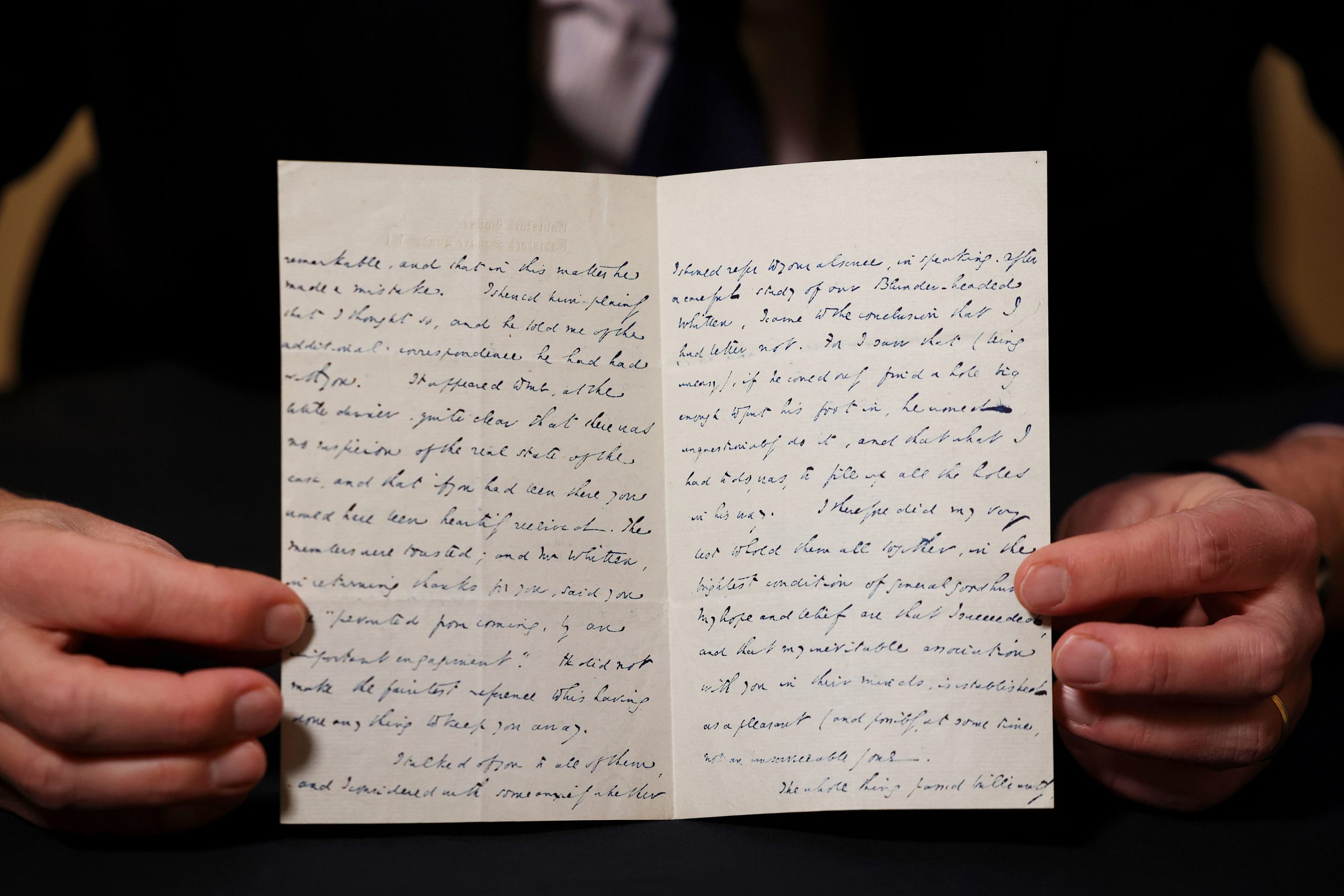
Willie R. Tubbs, FISM News
[elfsight_social_share_buttons id=”1″]
Few Christmas traditions hold as much grip on British and American imaginations as Charles Dickens’ “A Christmas Carol,” and recently a letter was auctioned that cast light upon the nature of the illimitable author and the society in which he operated in the years following the release of his classic story.
As first reported by Reuters, the letter in question was written in December of 1858 from Dickens to his friend, the architect and member of parliament Joseph Paxton.
While “A Christmas Carol” was written in 1843, Dickens was touring England in 1858 performing readings and mingling with political and social elites. In his letter, Dickens discusses the fact that Paxton had been warned, for political reasons, to stay away from a dinner in Dickens’ honor.
“This is really a splendid letter, because it brings together Charles Dickens and one of the other great Victorian men of the age, Sir Joseph Paxton,” Thomas Venning of Christie’s London told Reuters. “He’s writing in rather kind of colorful terms to express his frustration about why things have gone wrong and paints rather a colorful picture of the local businessman who seems to have made a mess of the whole thing – a man called Whitten.”
Paxton’s greatest claim to fame was designing the Crystal Palace in London, a massive building made of cast iron and glass that was used to house an international exhibition in 1851; although sports fans might be more familiar with the English Premier League soccer team named in honor of the building, which was destroyed by fire in 1936.
The letter, which is four pages long, was to be auctioned at Christie’s of London on Dec. 15. However, as of this writing the Christie’s website contains no mention of the final price the piece fetched or if it was sold at all. Venning had predicted the letter would be sold for between 4,000 and 6,000 pounds (between $5,300 and $8,000).
Several other letters written by luminaries of various fields that were confirmed as sold during what Christie’s Auction House deemed its “Valuable Books and Manuscripts” auction.
In the same auction, customers bid on items handwritten by Charles Darwin, Albert Einstein, Richard Wagner, Giuseppe Verde, Franz Kafka, and Rudyard Kipling, among others. Were you to have bested the winning bid of 93,750 pounds ($124,331.72 based on mid-December exchange rates), you could have owned an imperfect, original copy of the Gutenberg Bible, which holds significance in the history of both Christianity and journalism.
Printed in 1455 by Johannes Gutenberg, these Bibles were the first substantive items ever produced using movable type. This innovation led to greater literacy rates among European commoners and greater access to the Gospel across the continent.
By the time presses reached the New World, printers mass produced Biblical tracts for distribution among the colonists. These same presses would eventually be used to create the colonies’ first newspapers.
For those of us who do not have many thousands of dollars to spend on vintage letters, even those written by legendary authors, there is an alternative to discover the correspondence sent from Dickens to his many friends and colleagues.
The Charles Dickens Letter Project – created by the official journal of the Dickens Fellowship, a worldwide collective of scholars and fans of the author’s life and works – provides a free online archive of many of Dickens’ letters, as well as more letters on a subscription basis.
